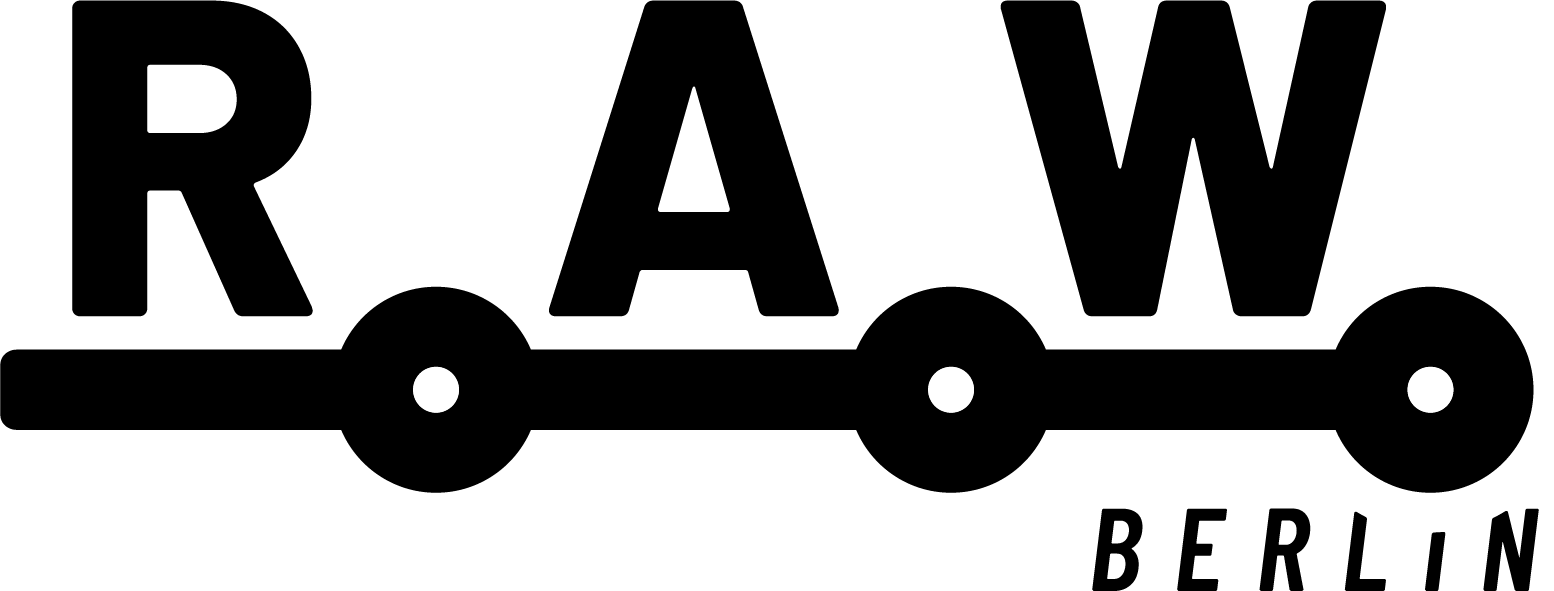About R.A.W.
For decades, Berlin has been undergoing a comprehensive process of transformation, and Berlin-Friedrichshain stands right at the heart of it. The Friedrichshain-Kreuzberg district has developed considerably in recent years and is home not only to a great many residents, but also offers a wide variety of urban uses. A major supplier of these are the institutions housed in the former industrial site at R.A.W., a former “National Railway Repair Works.” After being used industrially for more than a hundred years, at the beginning of the 2000s segments of the site were used to house artistic, cultural, and commercial institutions.

When we took ownership of a major share of the R.A.W. site in April 2015, we did so very conscientiously, as the history of this location played a major role in our decision. We acquired the R.A.W. site because it offered so much space for diverse activities in the realms of art, culture, music, partying, and recreation. But it is an equally important aspect of R.A.W.’s history that, for decades, it served as the workplace for the surrounding population and a site of vocational training and beyond, as a significant connective point for people in the neighbourhood. We wanted to retain these uses of the site as well – to support them, prop them up, and expand them.
For us, development means carefully complementing existing offerings, resolving problems, retaining existing building stock, reimagining brownfields, and closing structural gaps in order to protect the R.A.W. site while simultaneously projecting it forward. To make this happen, it has been critical for us to conduct all planning processes with the input of those who care deeply about the future of the R.A.W. site
– in other words, with residents, interested Berliners, district representatives, cultural experts, local interest groups, and of course our long- and short-term tenants on the site itself.
Over an eight-year dialogue and participative planning process, it was decided to link the future orientation of the site to its decades-old function as a central, mixed-use quarter of the functional city. On the property’s unused areas, we plan to build workplaces, educational facilities, and accessible free spaces. This will allow the site to once again become an important connective node not only for people from the neighbourhood, but from all of Berlin and even beyond its borders.
Learn more about future developments at the R.A.W. site here.
Your Kurth Group
Contact: info@raw-gelaende.de
Players
Cassiopeia Sommergarten
Wollen Möbel kaufen?
noisy Rooms – Proberäume
Cassiopeia
Music Pool Berlin
Club Athleten
Zirkus Zack | Vuesch e. V.
Akrobat GmbH
Haubentaucher
Saray Döner
Skatehalle Berlin
khroma
Proposal
A communal R.A.W. is a better R.A.W. Use this form to submit proposals for further development of the site. What do you want for people who use the R.A.W. site?
